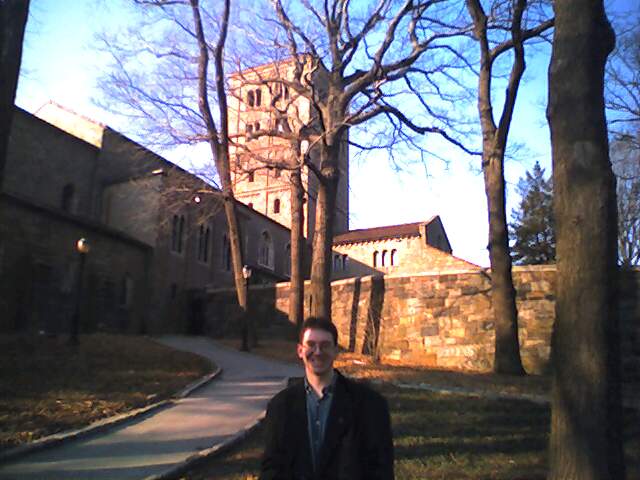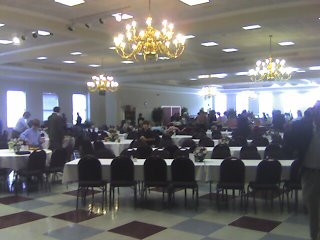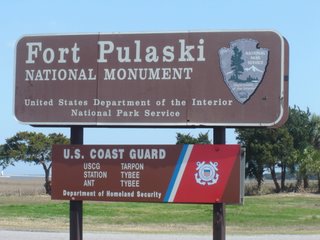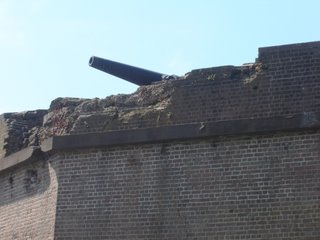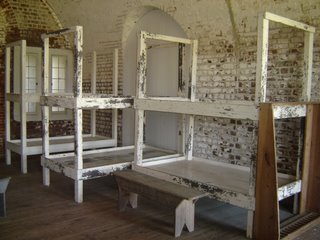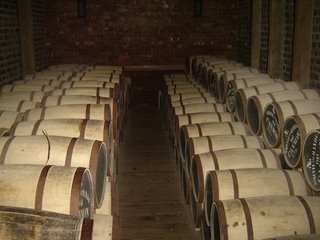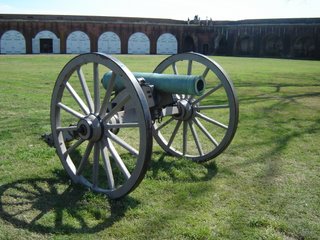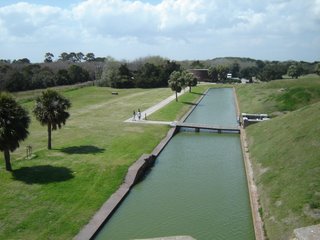
Today I visited an Atlanta trademark, the Coca Cola Bottling Company. The tour, called the "
World of Coca Cola," explores the history of the world's most "favorite soft drink."

It is located in downtown Atlanta, right by the underground, a shopping center.

The tour is designed to look at the "magical story" of Coca Cola. Oddly enough,
Coke containing cocaine was not mentioned in the tour.
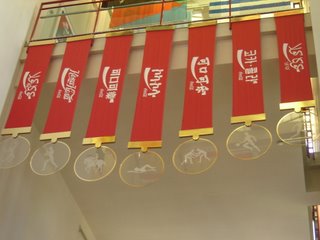
The Coke brand image is shown in many different languages.

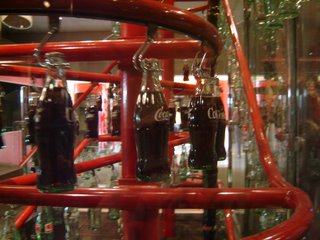
Coke was the invention of
John Pemberton, and was first sold in drug stores. He died two years later, and in a true American success story, hardly benefited from the Coca Cola Bottling Company's expanding fortunes.

The tour is really an example of the history of marketing, as various ads are on display in chronological order.

Bottles and other delivery mechanisms are on display all over the center. Coke's efforts to standardize their bottles became an important techniqe in marketing and sales.

The museum also shows the history of American ideals and beauty. This is what a hot person in the 1930s, actress Joan Blondell, looks like. She's blonde, with white teeth, and a Coke.

Jesse Owens did ads for Coke too...but not around white people.

In the 1940s, all the hot redheads smiled, drank Cokes, and supported the troops.

Who would have thought that Pemberton, a Confederate officer, would have created a drink that would have served millions of people all over the world? It's served in at least
195 contries worldwide.
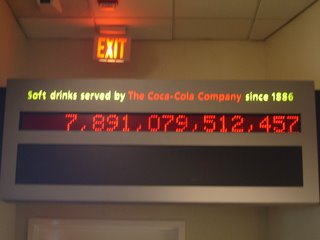
Trillions of drinks have been served. The number grows, as does the world's consumption of
High Fructose Corn Syrup.

But Sugar Ray Robinson thinks that's cool, so it's alright.

Pandas like it too.
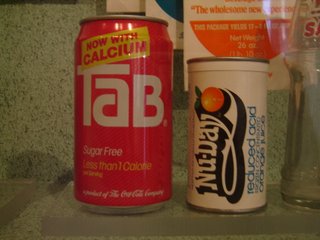
Coca Cola is responsible for the worst drink ever made:
Tab. My mother used to drink this awful sugar-free concotion. I remember being on the beach one time and really thirsty. I wanted a Coke but all she had was this. She said, "it's the same thing." So I tried it. It was awful. It had a nasty aftertaste.
I learned two things from this experience. 1) I would rather die than drink Tab, and 2) my mother was a liar.
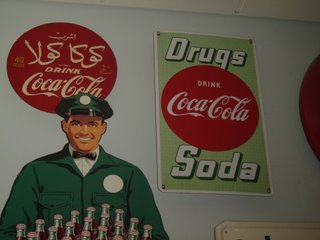
Drugs and Coke...a combo that can't be beat.

Some of the coolest parts of the exhibit are the old soda machines. I'm old enough to remember these models.

I'm also old enough to remember Max Headroom.
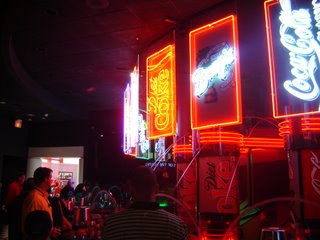
Of course, there is a tasting room. I had various forms of Coke products, including Tab for one last time. It still sucks.

You can get Coke in all different sizes!
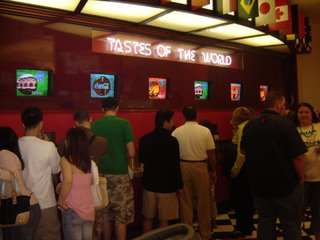
You can also get it in all different kinds of ways around the world. There are various Coke products sold in different countries that vary with ours.

The fun part of the tour was trying them all.
OK, now I'm going to burp for a while and get off my High Fructose Corn Syrup sugar high.
RELATED LINKS:
Coca Cola critcisms
 One of the great benefits of being on the road all the time is being near odd little bits of history or cool little things to visit. For a day, I was sent to Montgomery, AL and found myself near the burial site of Hank Williams, Sr.
One of the great benefits of being on the road all the time is being near odd little bits of history or cool little things to visit. For a day, I was sent to Montgomery, AL and found myself near the burial site of Hank Williams, Sr.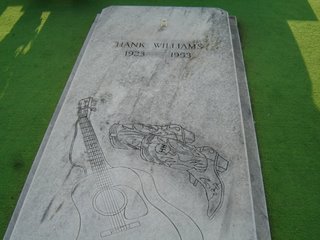 Williams died very young, but is considered a legend in country music. I have to be honest though, until I visited his gravesite I could not name a single song of his. I have since learned that he sung "Your Cheating Heart", which is a song that reminds me of some of my ex-girlfriends.
Williams died very young, but is considered a legend in country music. I have to be honest though, until I visited his gravesite I could not name a single song of his. I have since learned that he sung "Your Cheating Heart", which is a song that reminds me of some of my ex-girlfriends. It is little things like this that keep me going on the road. The little treasures around the United States that one would not neccessarily fly to see, but are great to take advantage of while in town.
It is little things like this that keep me going on the road. The little treasures around the United States that one would not neccessarily fly to see, but are great to take advantage of while in town.
